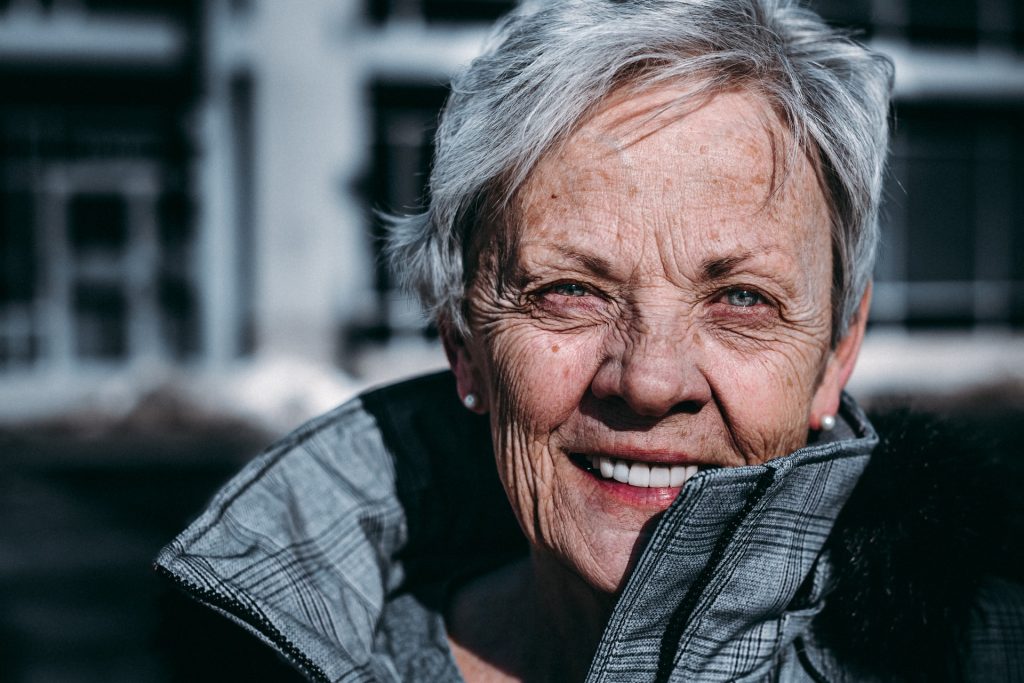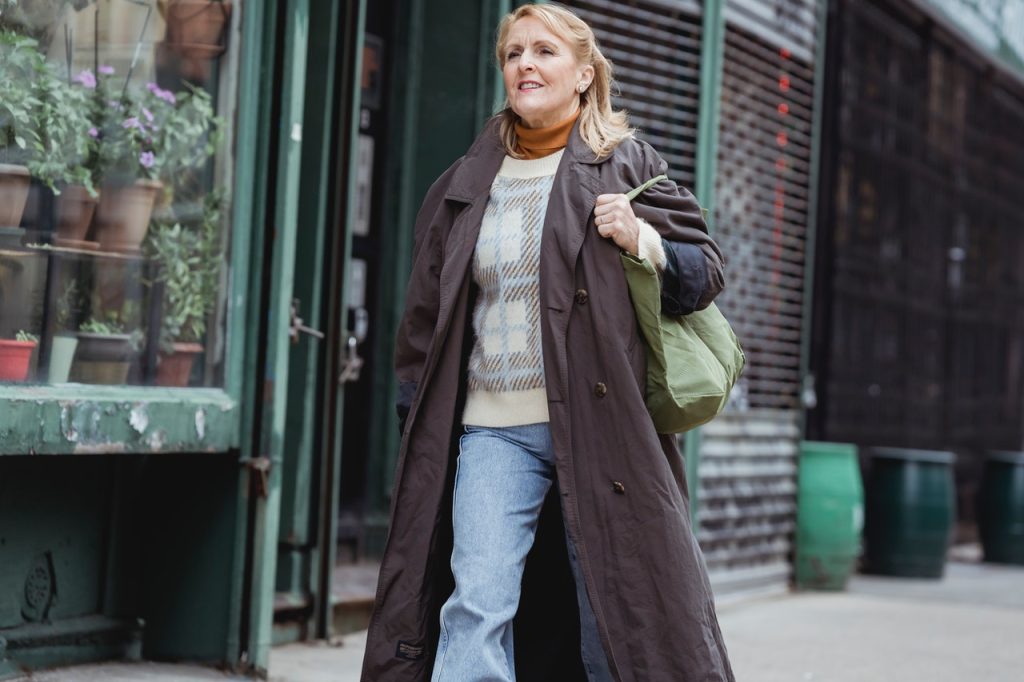Higher Oestrogen Levels Protect Older Women Against Severe COVID

An older woman’s oestrogen levels may be linked to her chances of dying from COVID, with higher levels of the hormone seemingly protective against severe infection, according to a study published in BMJ Open.
Supplemental hormone treatment to curb the severity of COVID infection in post-menopausal women could be investigated, the researchers suggested.
Even after accounting for other factors, women seem to have a lower risk of severe COVID infection than men. This holds true for other serious recent viral infections, such as MERS (Middle East Respiratory Syndrome).
Oestrogen may have a role in this gender discrepancy, so to invesitgate the researchers compared the potential effects of boosting and reducing oestrogen levels on COVID infection severity.
They drew on Swedish national data, and the study sample included 14 685 women in total: 227 (2%) had been previously diagnosed with breast cancer and were on oestrogen blocker drugs (adjuvant therapy) to curb the risk of cancer recurrence; and 2535 (17%) were taking hormone replacement therapy (HRT) to boost their oestrogen levels in a bid to relieve menopausal symptoms.
Some 11,923 (81%) women acted as the comparison group as they weren’t on any type of treatment, either to enhance or reduce their systemic oestrogen levels.
Analysis of all the data showed that compared with no oestrogen treatment, the crude odds of dying from COVID were twice as high among women on oestrogen blockers but 54% lower among women on HRT.
After accounting for potentially influential factors, COVID mortality risk remained significantly lower (53%) for women on HRT.
Unsurprisingly, age was significantly associated with COVID mortality risk, with each extra year associated with 15% greater odds, while every additional coexisting condition increased the odds of death by 13%.
And those with the lowest household incomes were nearly 3 times as likely to die as those with the highest.
As an observational study, it cannot establish cause. There were no data on the precise doses of HRT or oestrogen blocker drugs, or their duration, nor on weight or smoking, while the number of women on adjuvant therapy was relatively small.
These factors may have been influential. But the researchers conclude: “This study shows an association between oestrogen levels and COVID death. Consequently, drugs increasing oestrogen levels may have a role in therapeutic efforts to alleviate COVID severity in postmenopausal women and could be studied in randomised control trials.”
Source: EurekAlert!


